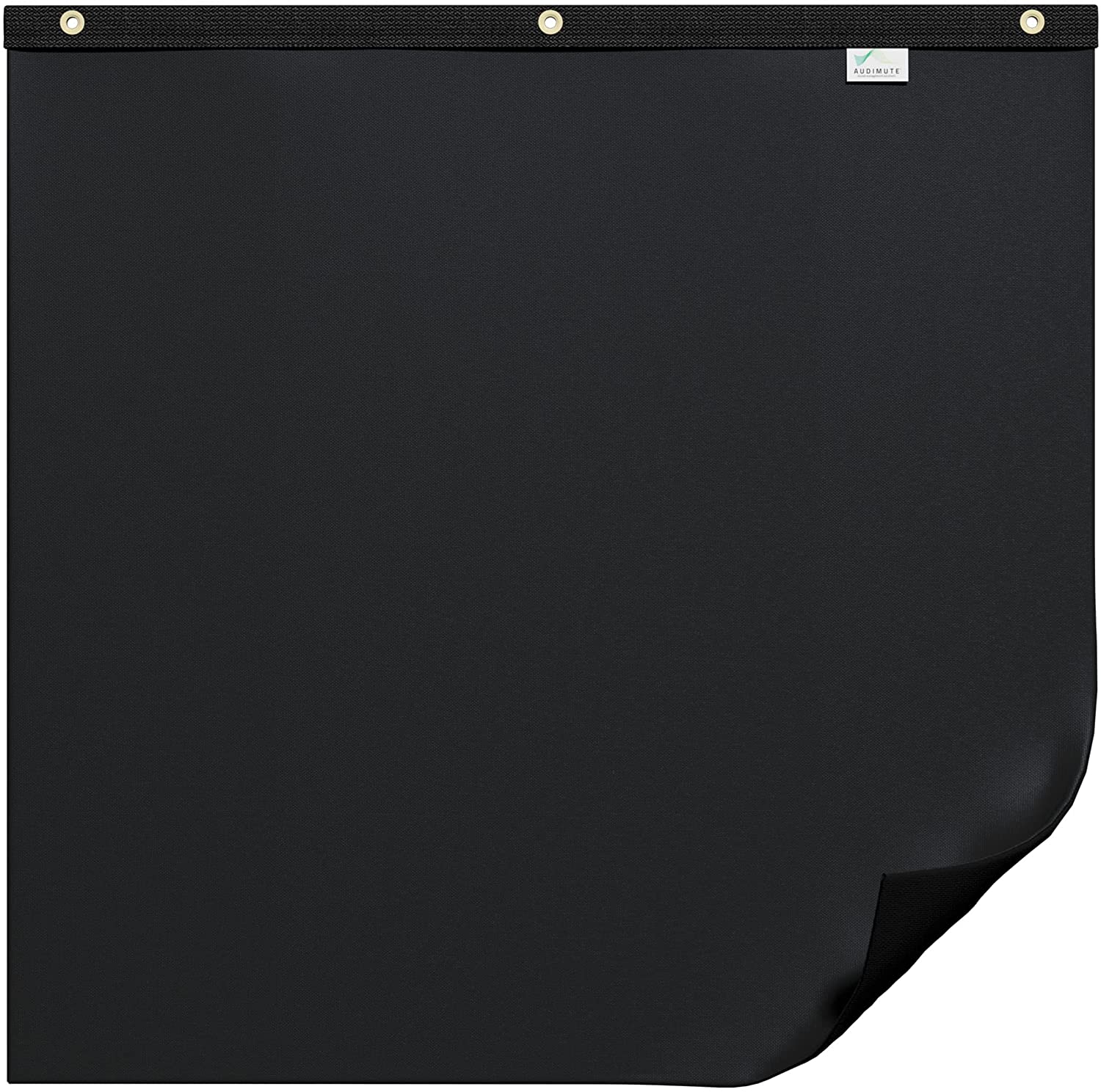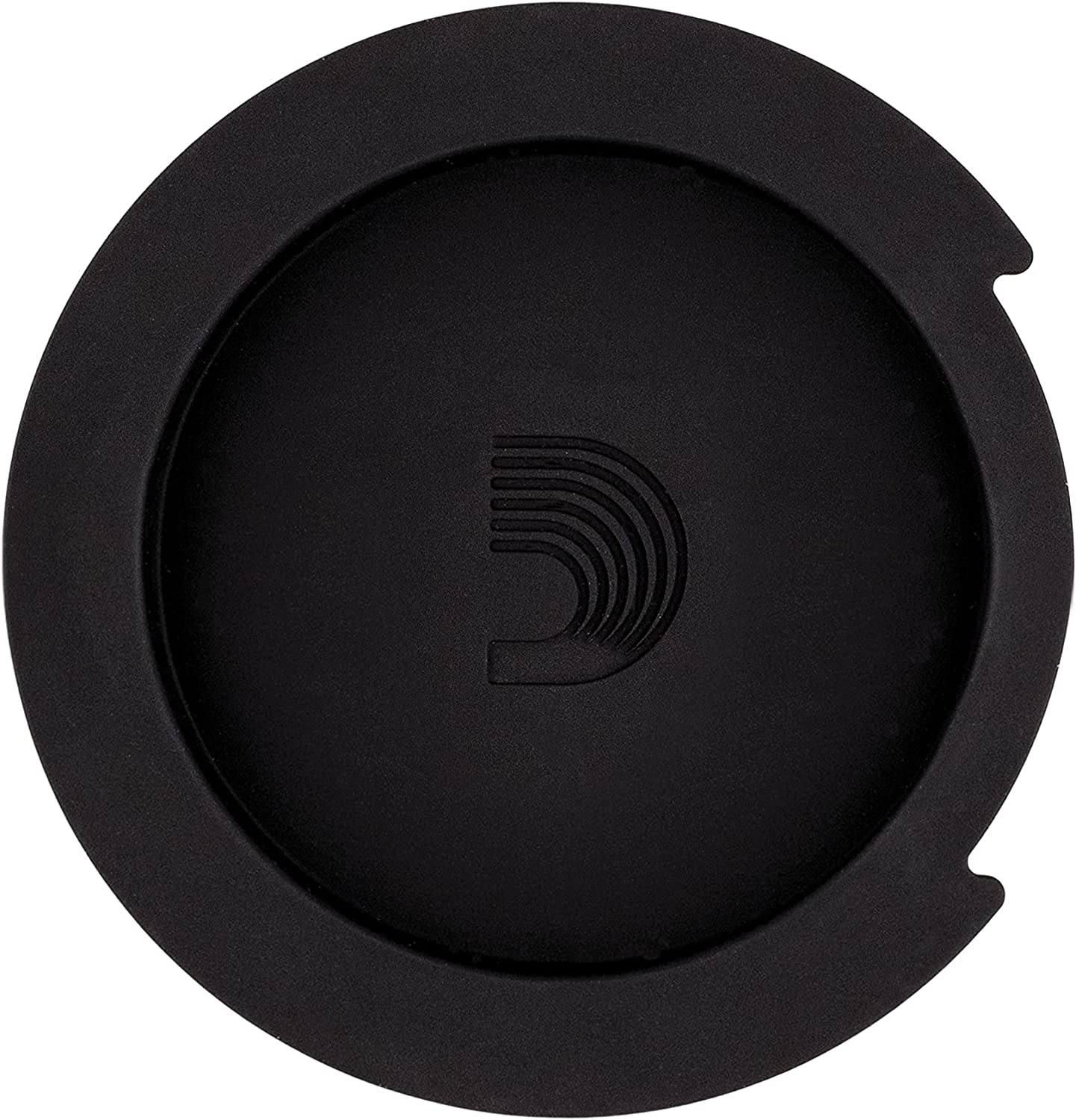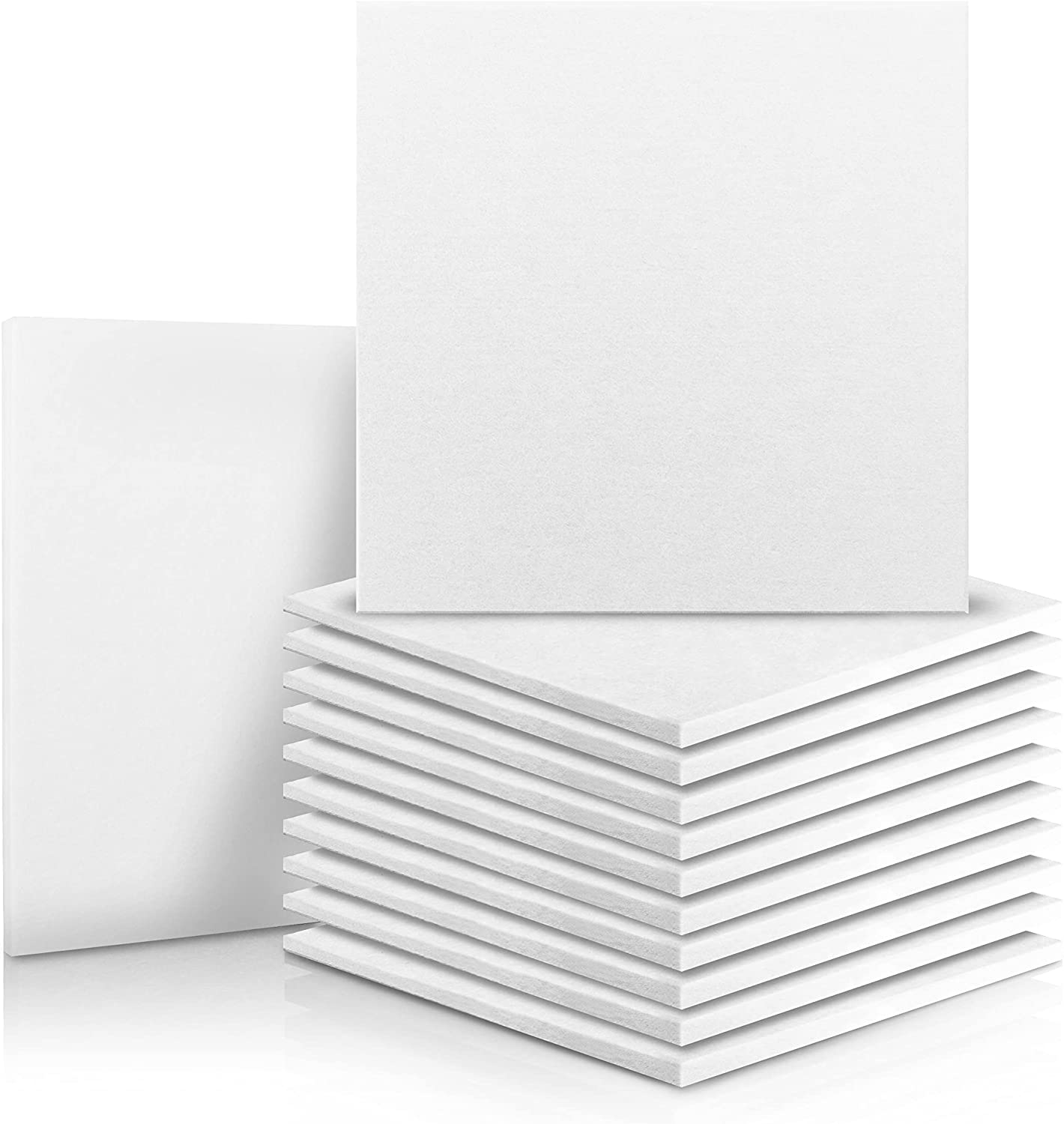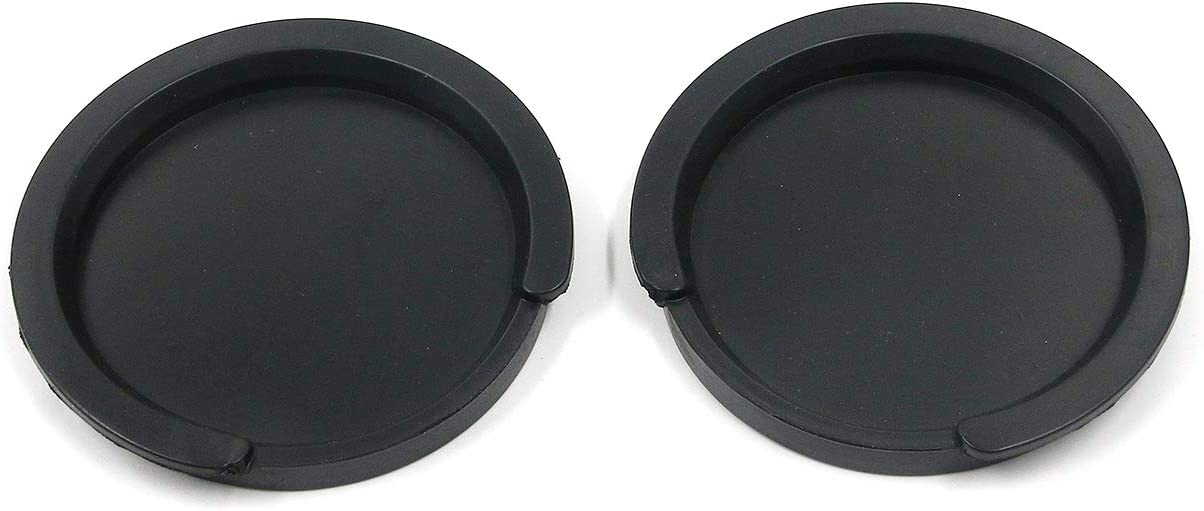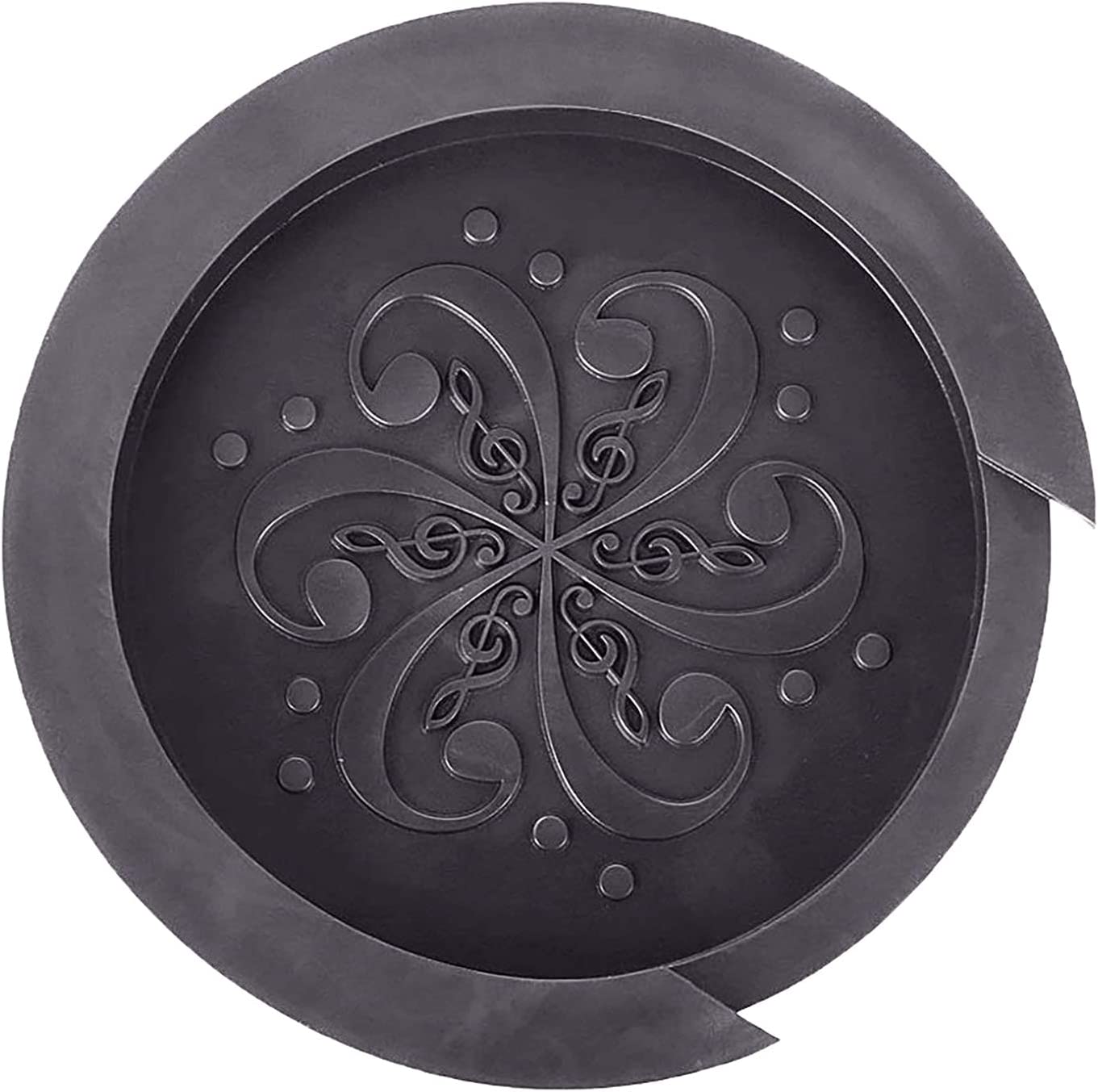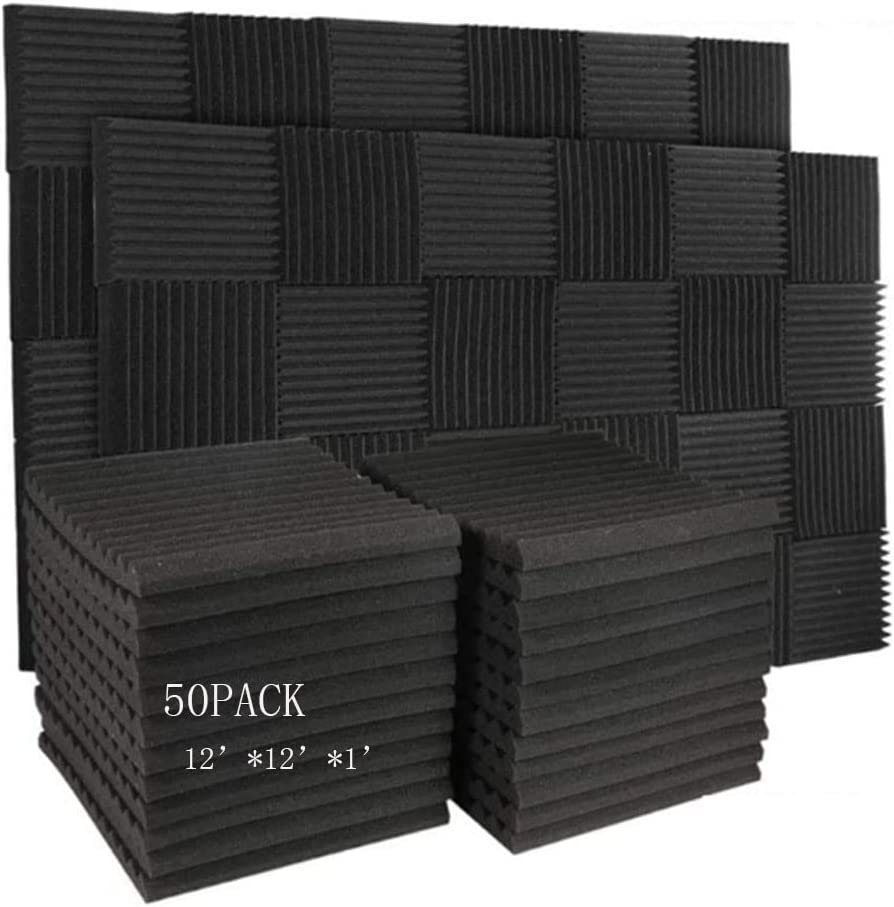Audimute Recycled Materials Dampening Blanket Acoustic Sound Cover
Last updated: June 27, 2022
We looked at the top Acoustic Sound Covers and dug through the reviews from some of the most popular review sites. Through this analysis, we've determined the best Acoustic Sound Cover you should buy.
Product Details
In our analysis of 8 expert reviews, the Audimute Recycled Materials Dampening Blanket Acoustic Sound Cover placed 7th when we looked at the top 7 products in the category. For the full ranking, see below.From The Manufacturer
Measures 48″ x 48″ (4′ x 4′), contains (3) metal grommets on the top for easy hanging, and includes hanging hardware. Effective for sound absorption (0.85 NRC Rating), NOT for blocking sound. Improves sound quality in a room by reducing sound echoes and reverberation. Made in the USA and composed primarily of eco-friendly recycled materials.
Expert Reviews
What reviewers liked
Well made and plain and simple design, and easy to hang. A high level of sound absorption at a cost-effective price.
Dedicated sound-absorbing product. NRC of 0.85. Fairly large and comes with installation equipment.
0.8 NRC. Eco-friendly. Safe for health; non-toxic. Removes reverberations and echoes. Multiple colors to choose from.
0.85 NRC rating. Multiple colors to choose from. Durable and built in the USA.
What reviewers didn't like
Not a soundproofing material.
Doesn’t look amazing. Doesn’t block sounds, only dampens and absorbs.
Not versatile- can only be used as soundproof blankets for a door.
Does not block some frequencies as well as others.
View our Acoustic Sound Cover buying guide for in-depth advice and recommendations.
